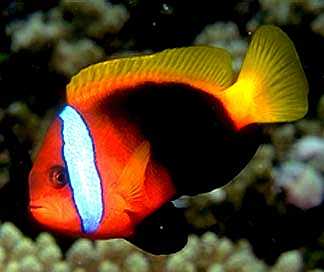
Several suitable heating methods are available to the hobbyist:
1) the combined heater/ thermostat
2) the glass tube immersion
heater controlled by an external thermostat
3) under - tank heater mat
controlled by external thermostat.
Of these, the combined heater/
thermostat remains by for the most popular choice.
Glass tube immersion heaters
have declined in popularity over recent years, even so it remains a good
choice.
Large tanks, in particular
benefit from having several heater units in different locations, all controlled
by on accurate thermostat. This method generates efficient heat dispersal
and maintains stable water temperatures.
The optimum temperature
for a tropical marine aquarium is 25o (77oF). Livestock will start to suffer
below 22oC (72oF) and above 27oC (80oF).
CHILLING
This occurs when the temperature
rises dangerously out of control. Any aquarium with high intensity lighting
may overheat, especially if the room temperature is also high.
Tropical, and even temperate,
climates may experience pro longed day time temperatures well in excess
of those recommended for the aquarium simply turning down the heater- thermostat
will not reduce the temperature of the tank below the temperature of the
room.
To keep room temperatures
down, hobbyists can keep blinds or curtains closed to reduce the amount
of sun on the tank. Also, a tank containing light invertebrates can have
their photoperiod reduced.